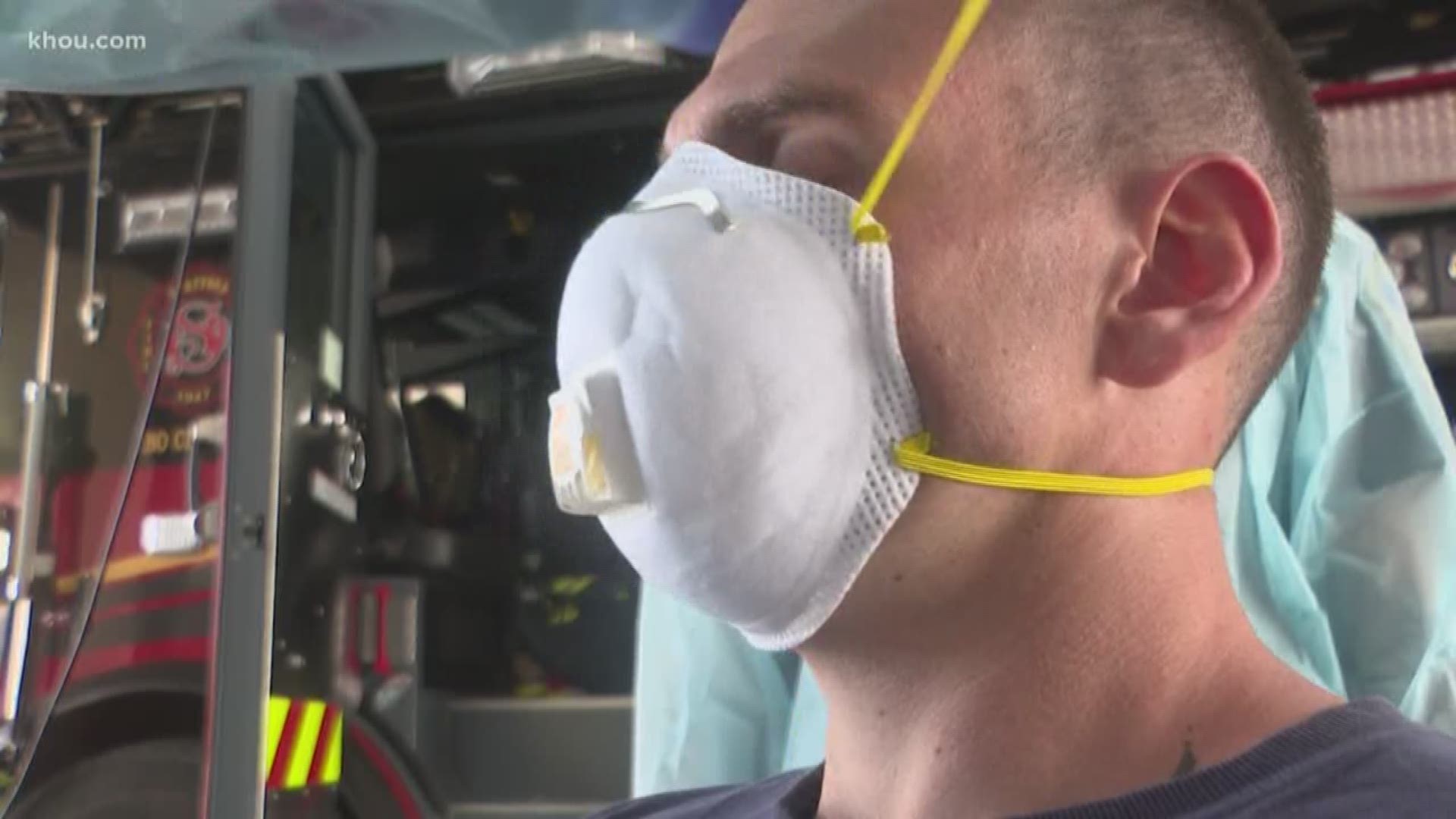STAFFORD, Texas — The men and women who respond first to possible coronavirus cases are taking extra precautions to keep themselves and others healthy and safe.
Stafford firefighters were the first in Texas to respond to a later-confirmed case of COVID-19.
"It has resulted in a lot of attention from other departments, not just in Texas, but nationally," said Captain Mason Mills. "It's the normal position for us to be in."
Following that, a Department Order went out, reminding staff of the extent of the protocol they must follow.
"When we responded to that call, our personnel had already discussed the possibility of having to respond to that type of call. The equipment was already in place. The procedures were already in place. They had already been trained. We were prepared," said Captain Mills.
The CDC recommends that first responders wear a mask, gloves, eye protection, and a gown when interacting with respiratory disease patients, including those showing signs of coronavirus.
Firefighters responding to medical calls may get information about a patient's symptoms from a dispatcher, but it can be hard to know exactly if that patient has coronavirus.
Dispatchers ask a series of questions about travel and health history to prepare EMS personnel before they arrive.
"Just because they pass all those screening questions and there’s no indication that they have an infectious disease, doesn’t mean that our personnel can let their guard down," said Captain Mills. "We also want to make sure our personnel don’t get infected as a result of their jobs and infect their families or anyone else."
Firefighters and EMS follow guidance from the CDC about how to respond to and transport patients, as well as how to safely decontaminate after the call is over.
Chief Di Camillo said Missouri City firefighters also follow the same protocol.
On most 911 calls, dispatchers ask a pre-determined list of questions to the caller to learn about their travel history and recent health history, to advise emergency services personnel whether they are responding to a possible respiratory virus patient.
Chief Di Camillo said that if Fort Bend Health and Human Services had previously identified the address firefighters are responding to as involving a person under investigation (PUI) or person under monitoring (PUM), firefighters could know ahead of time what type of patient they could be dealing with.

